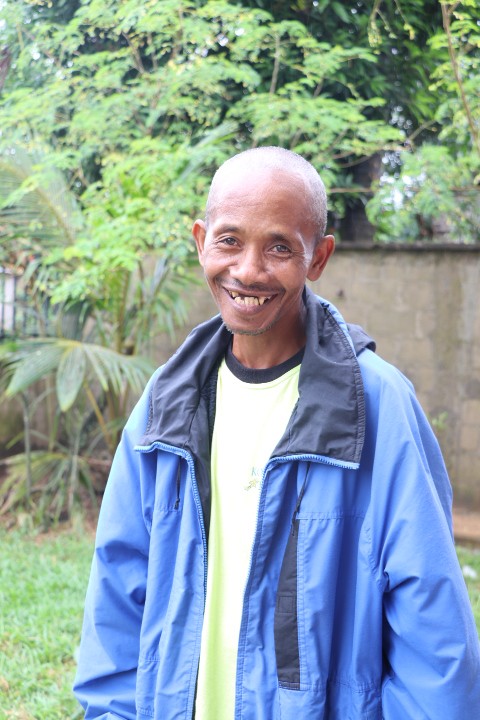Speeches Shim

When you come from a small village 27-kilometers south of the already remote town of Maroansetra, in north-eastern Madagascar, you don’t have many choices; you’re either a fisherman or a famer. Despite that, 52-year-old Jean-Michel Razafindrazaka has relentlessly sought to build a better life for himself, his wife, and their five children.
A gregarious man, fishing didn’t work out for Jean-Michel because fish resources became too depleted and, he says, “I was tired with the unfair competition by those who practiced seine fishing from the beach. I had to go very far out at sea every morning to find few fish, and I eventually decided to give up the trade.”
So in 2004, Jean-Michel began to farm vanilla on his 1.5 hectares of land. His early days as a vanilla farmer were successful, and he produced up to 400 kilograms of green vanilla. But then in 2008 disaster struck. Jean Michel’s crops failed because of a disease called “Bekorontsana”, a deadly fungus, and he quit vanilla farming.
In recent years the price of vanilla has skyrocketed and that lured Jean-Michel back into the business in 2016. He is currently the Secretary of the Voloina Vanilla Farmers’ Cooperative, an enterprise that unites local vanilla farmers giving them greater leverage in negotiations for the sale of their products.
The Voloina Cooperative is supported by the USAID Mikajy project. USAID Mikajy provides training to cooperative members, enhancing their farming and business management skills. “I have improved my management skills, and the training that I received from USAID Mikajy went a long way in helping me develop formal funding requests and business plans,” says a proud Jean-Michel.
The cooperative is seeking new opportunities for its members and for the past two years members have been working hard to be incompliance with the rigorous standards demanded by the Rainforest Alliance (RA) for hygiene, health, good governance, and environmental protection. Vanilla producers have to comply with 119 criteria within a period of six years to be Rainforest Alliance certified. The process is ongoing but if they can achieve the standard local farmers will benefit by receiving more money for their high-value crop.
In the meantime, Jean-Michel continues to seek new ways to grow and improve his business. “I am keen to build my own vanilla business and sell my products where I get the best return,” he says, explaining that he hopes to produce up to 1 ton of green vanilla by 2022.
He also recently received training on how to cure vanilla – the next step of the vanilla production chain, which turns fresh, green vanilla into the flavor-rich dark brown pod consumers are familiar with – which adds a great deal of value to his crop, allowing him to charge higher prices.
During the 2018 vanilla campaign, Jean-Michel tried his hand at treating a bit of his own vanilla and produced 10 kilos of treated vanilla that earned him a little more than $2,700.
That was enough to send two of his children off to universities in big cities in the west and north of Madagascar; places from where he hopes they will have more choices in life than he did.

Comment
Make a general inquiry or suggest an improvement.